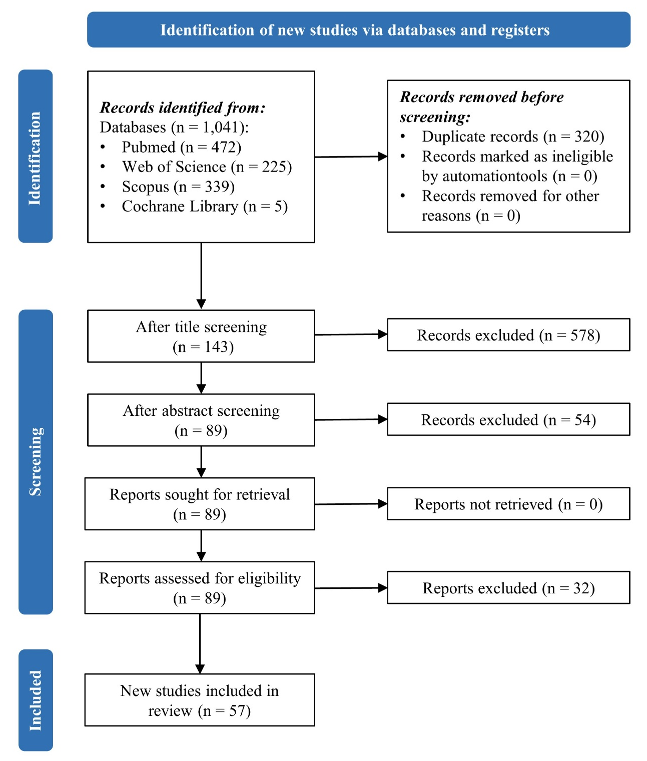German Congress of Orthopaedics and Traumatology (DKOU 2025)
Deutscher Kongress für Orthopädie und Unfallchirurgie 2025 (DKOU 2025)
Application of artificial intelligence algorithms in bone tumors: A systematic review of the last 5 years
2Institute for AI and Informatics in Medicine, TUM University Hospital, Technical University of Munich, Munich, Deutschland
Text
Objectives and questions: Artificial intelligence (AI) techniques, particularly classical machine learning (ML) and deep learning (DL), have been increasingly applied to bone tumor research. These methods hold great promise to become a support tool for improving diagnostic accuracy, predicting survival, assessing treatment response, and assisting in tumor segmentation. Therefore, our study aims to summarize and analyze the research status and limitations of AI in the field of bone tumors in the last 5 years as well as analyze the potential future research directions.
Material and methods: This systematic review follows to the PRISMA guidelines and conducted a comprehensive search of four major databases (PubMed, Web of Science, Scopus, and Cochrane Library) to identify studies published between January 2019 and October 2024 on the application of AI in bone tumors. Relevant original articles were identified based on predefined inclusion and exclusion criteria, and research data such as basic information, algorithms, models, performance metrics, and clinical tasks, were systematically extracted and analyzed.
Results: The review included 57 studies involving 43,867 cases, of which 48.91% were malignant bone tumors. DL was used in 77.78% of the studies and classical ML in 20.63%. Diagnostic tasks dominated the research focus (82.46%), followed by survival prediction (8.47%) and treatment response evaluation (8.77%). Performance metrics showed that DL had higher weighted accuracy (0.87), weighted AUC (0.89), weighted sensitivity (0.84), and weighted specificity (0.89) compared to classical ML, whereas classical ML exhibited consistent precision (0.89). Some challenges were also pointed out, such as classical ML’s dependence on structured small sample data. Future trends suggest that, with the maturation of AI technologies, diagnostic applications will progressively shift toward survival prediction.
Discussion and conclusions: AI has demonstrated high performance and potential in bone tumor research, especially in imaging-based tasks. Future research should focus on the development of Machine Learning/Deep Learning fusion algorithms to improve generalization performance, accuracy and the ability to adapt to complex data scenarios, as well as the development of tailored AI models for small data sets, which are crucial for improving the clinical impact of AI in bone tumor management. At the same time, fostering interdisciplinary and multicenter collaborations between computer scientists and clinicians, improving data-sharing frameworks, and addressing ethical and privacy concerns will be essential to fully harness the significant potential of AI in bone tumor research and clinical applications.
Figure 1 [Abb. 1]





